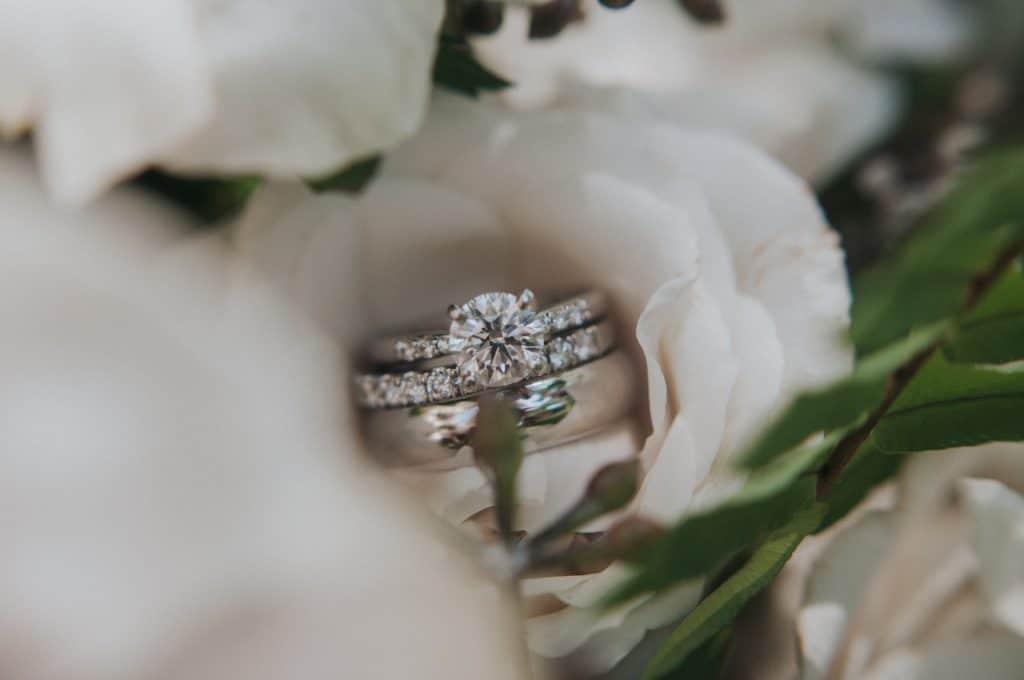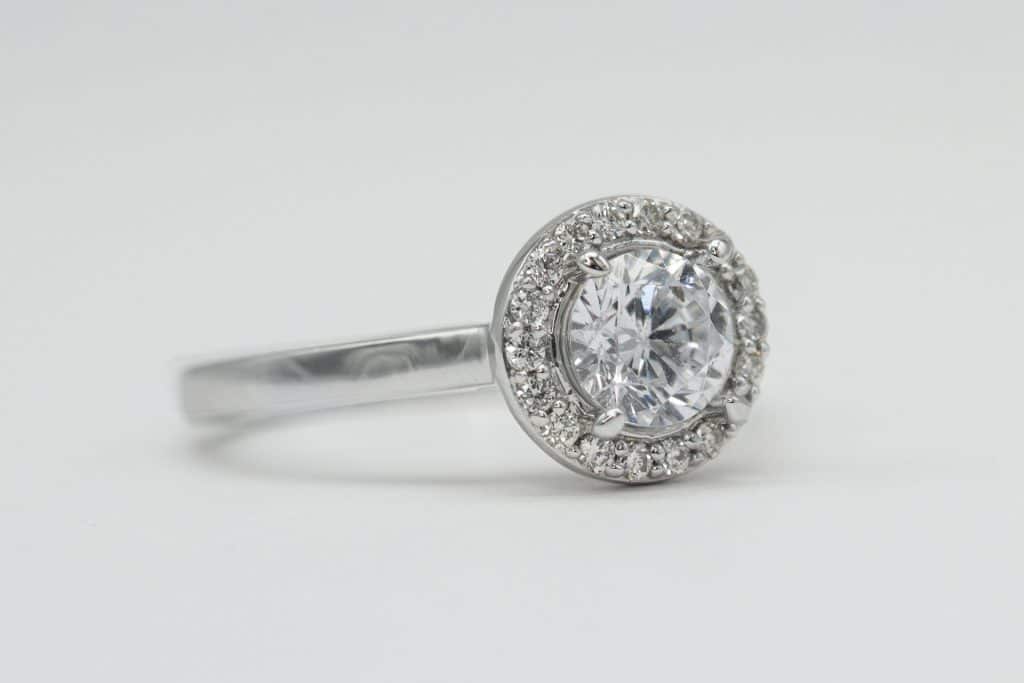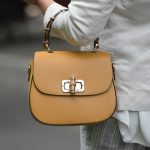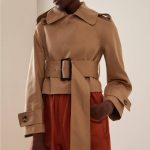Shopping for a diamond ring can initially seem overwhelming, given that there are countless styles and designs to choose from. However, you don’t need to be a professional to find the ring of your dreams.
Whether you’re purchasing a ring for yourself or a significant other, it’s important to enlist the help of a reputable provider of diamond rings for some insight into the different styles that are available.
To help you with your decision, here are our top tips that’ll help you think like a jeweller and find the perfect band.
The diamond 4 C’s
Initially, you need to consider the four most important aspects when purchasing a diamond: known as the 4 C’s. These stand for Carat, Colour, Clarity and Cut. Below we’ll go into more detail about each of the four.

Select the carat weight
The weight of the diamond is measured in metric carats and is very precise. The weights you’ll see listed in retailers will either be in carats or a fraction of a carat but additional small diamonds may be listed in points.
Generally, the larger the carat weight of the diamond, the more valuable the gemstone. Do note that the carat weight doesn’t refer to the density or size of the diamond, just the weight of the diamond itself.
Find the right colour
All diamonds are analysed by professionals and graded on a scale based on their colour. Only a select few diamonds are truly colourless, with the rest varying in shades of brown and yellow.
The scale starts with D, with these diamonds being colourless, and ends with Z, which are a light yellow. Those graded D are considered the most valuable.
Typically, diamonds in the G to I range still appear colourless to the naked eye but will be valued differently. It’s also important to note that different shapes of diamond will reflect colour at differing strengths. Therefore, the colour, appearance and effect of the diamond will be impacted by the shape you choose.

Decide on a clarity grade
With diamonds being formed underneath the Earth’s surface, they are prone to acquiring external blemishes and internal inclusions. The clarity of a diamond refers to the type, position and number of these imperfections.
Clarity is graded using a scale that ranges from Flawless, where there are no imperfections, to Included. The latter have slightly reduced transparency and brilliance.
You don’t always need to go with a diamond of perfect clarity to not be able to see any inclusions with the naked eye. Depending on the shape of the diamond, you can usually find eye-clean diamonds within the VS1 to VS2 (Very Slightly Included) range.
Narrow down on cut quality
The one feature that greatly determines the beauty of a diamond is its cut quality. The cut refers to the angles and small facets cut into the gem that enhance its reflection of light.
Diamonds with a poor cut quality will appear dull and lifeless. One that has a high quality and interacts efficiently with light will appear bright, reflect a spectrum of colours and, most importantly, sparkle.
The cut grade is split into three parameters: Symmetry, Polish and Proportion. Each one is evaluated individually in accordance with four grades. These are Excellent, Very Good, Good and Fair.
Choosing the right shape
The shape of the diamond is the starting point of the ring design. This is entirely up to your personal preference but the most valuable is the round cut as they generally have the most brilliance.
Other popular cuts are the princess and emerald, which are step cuts, and the marquis and pear, which are modifications of the round brilliant cut. All of the uniquely shaped diamonds have differing degrees of fire and scintillation.




